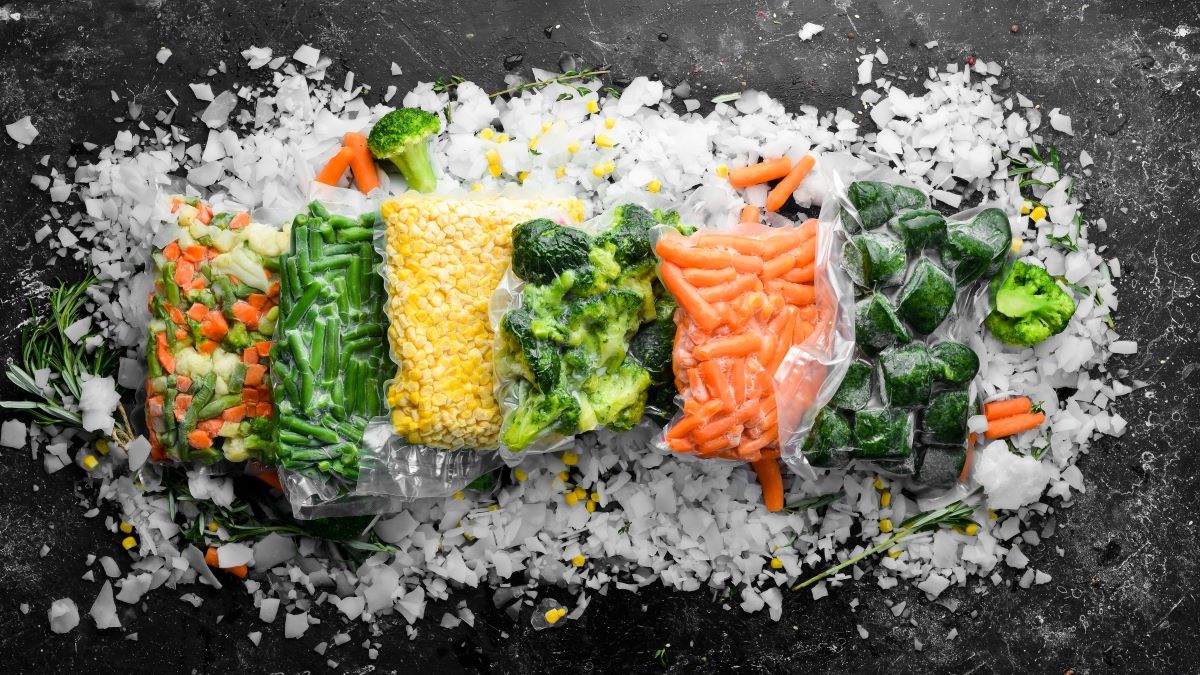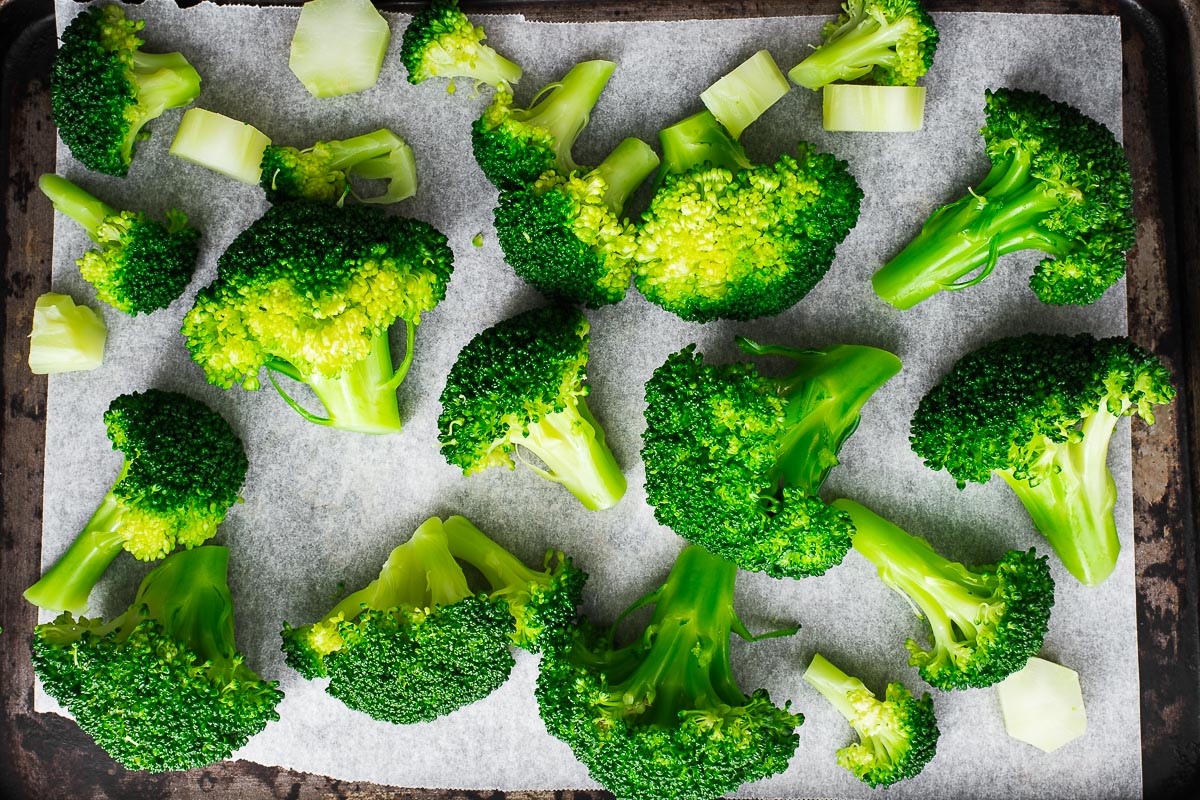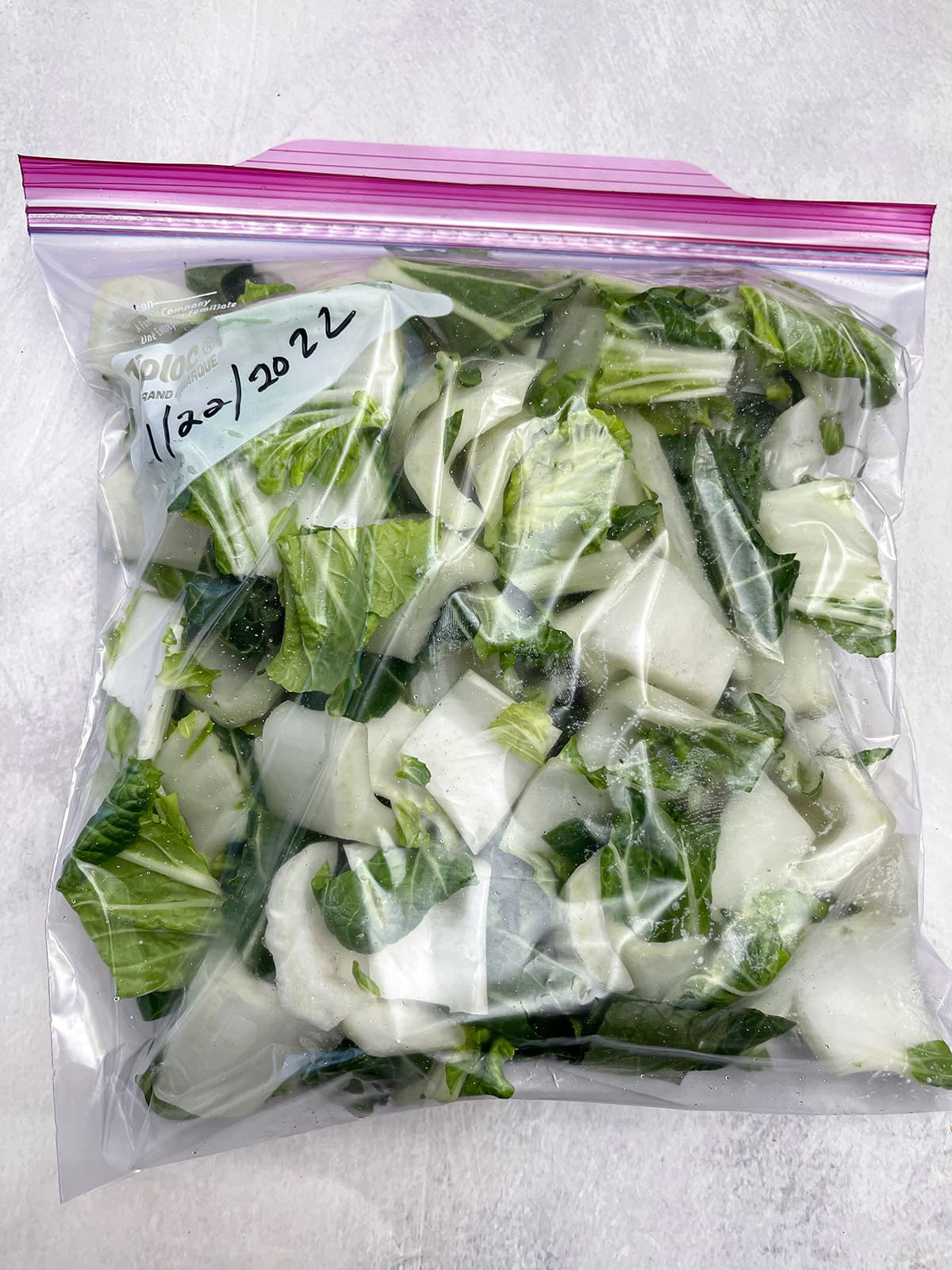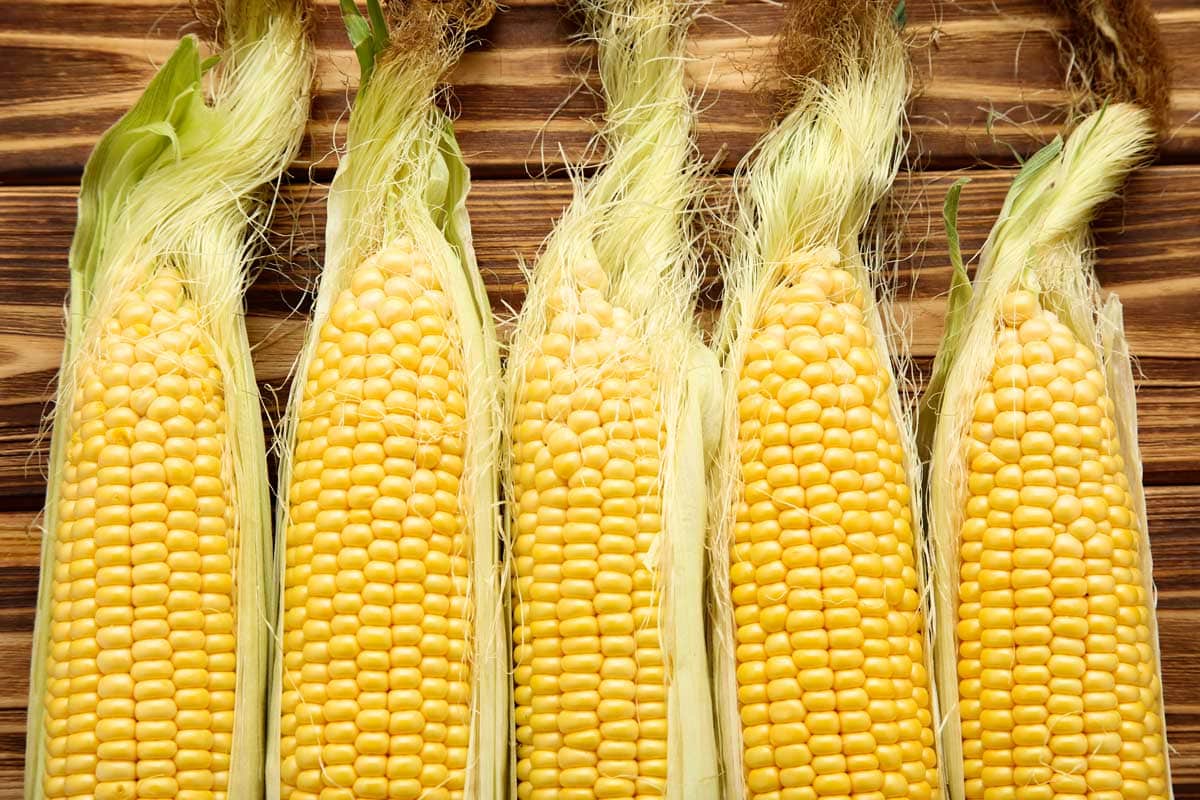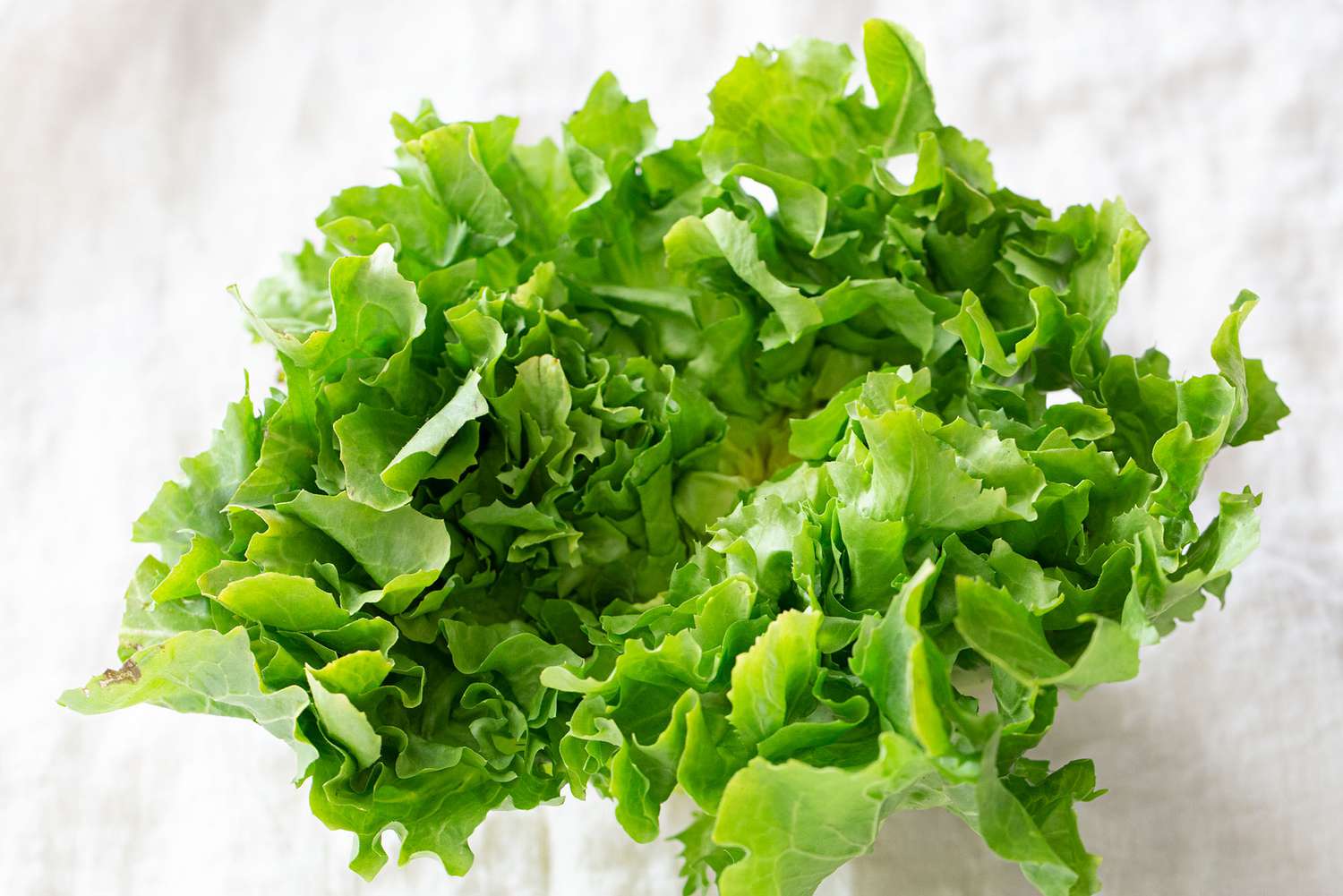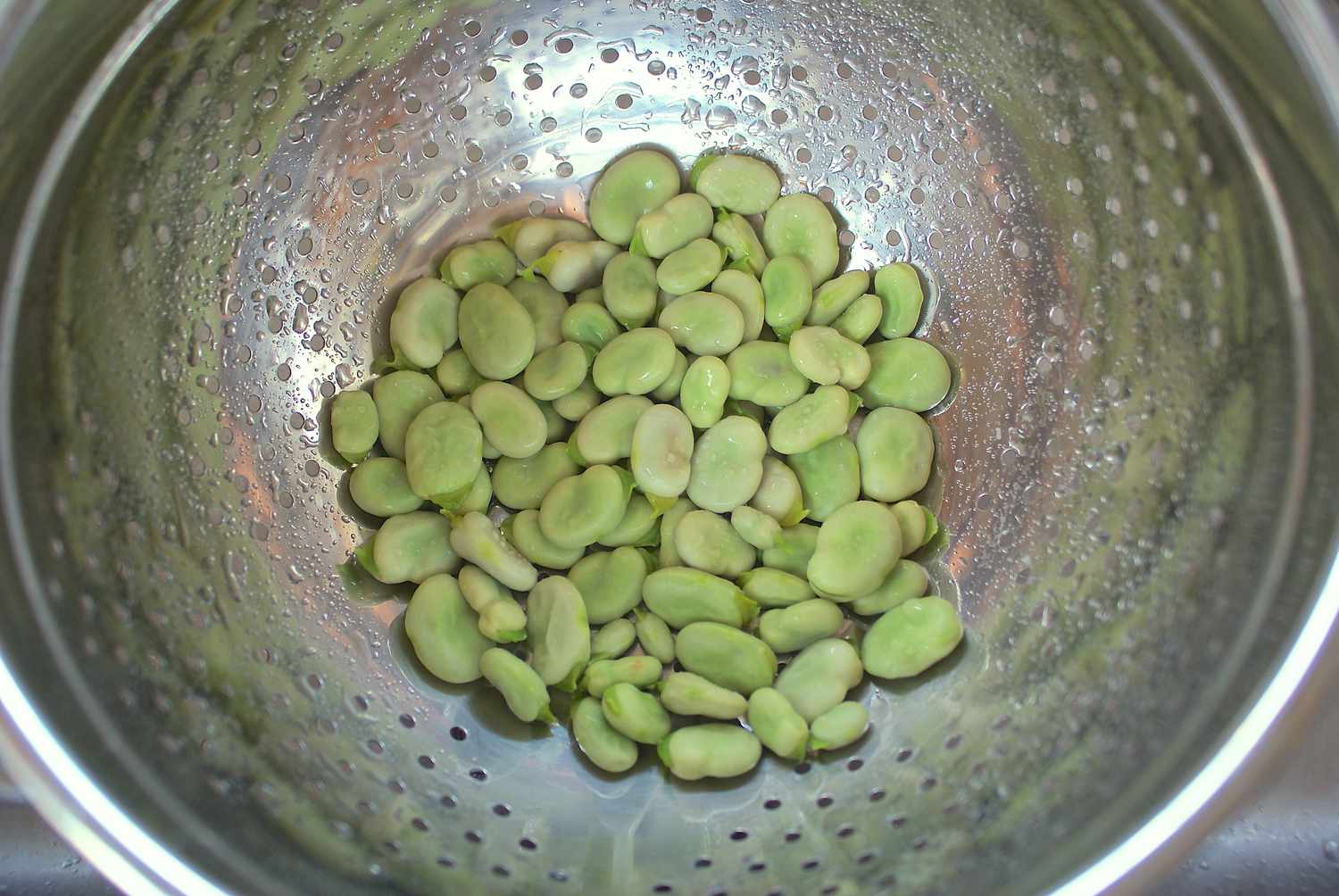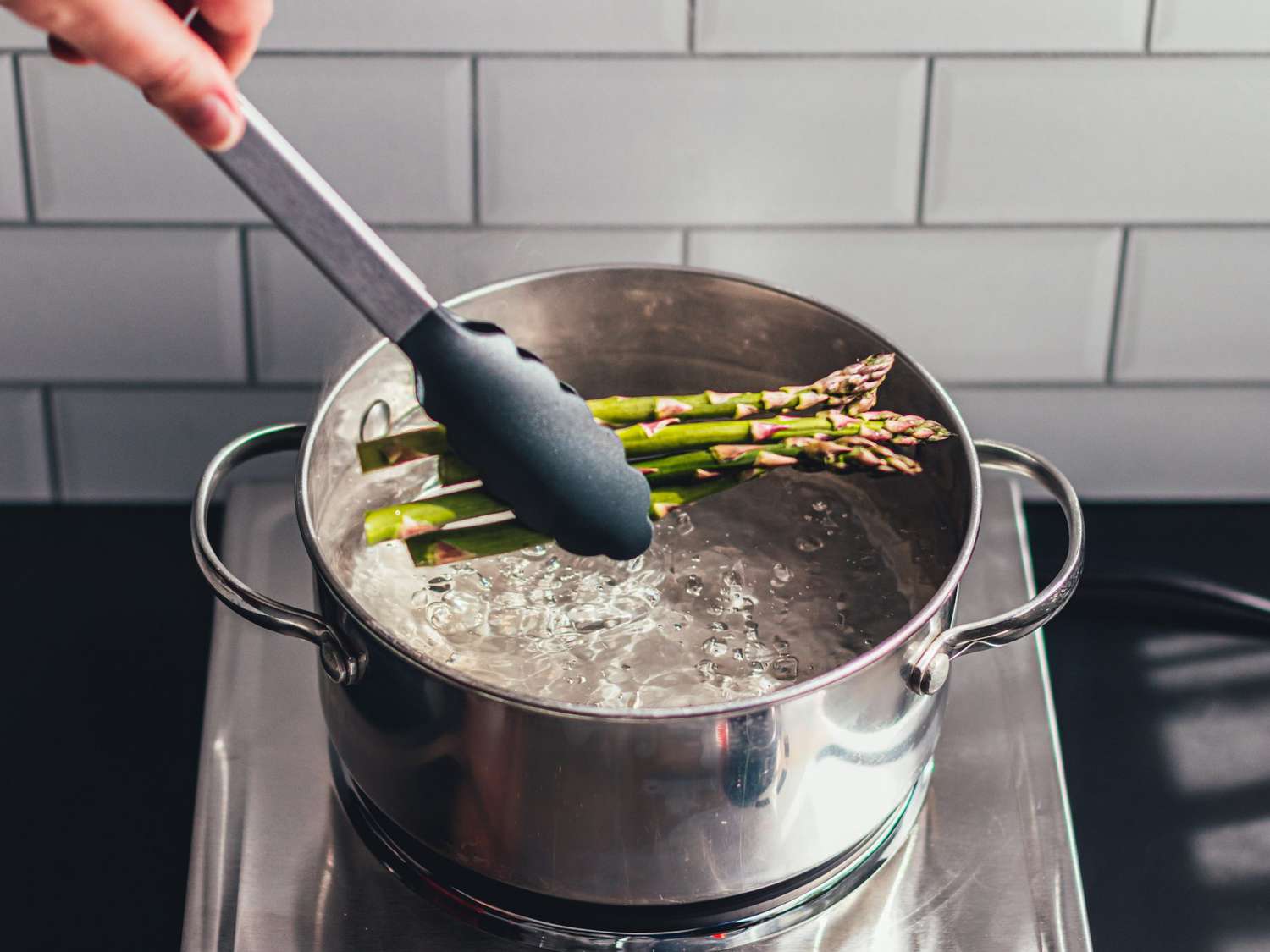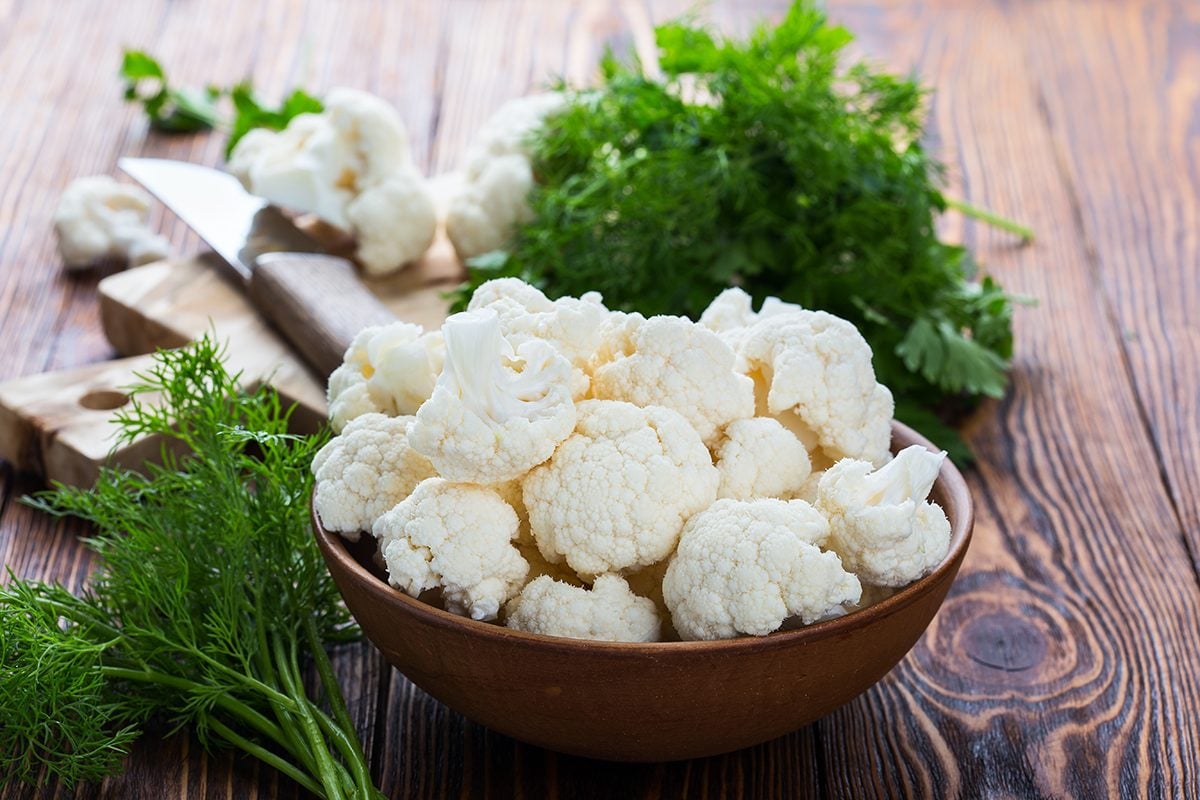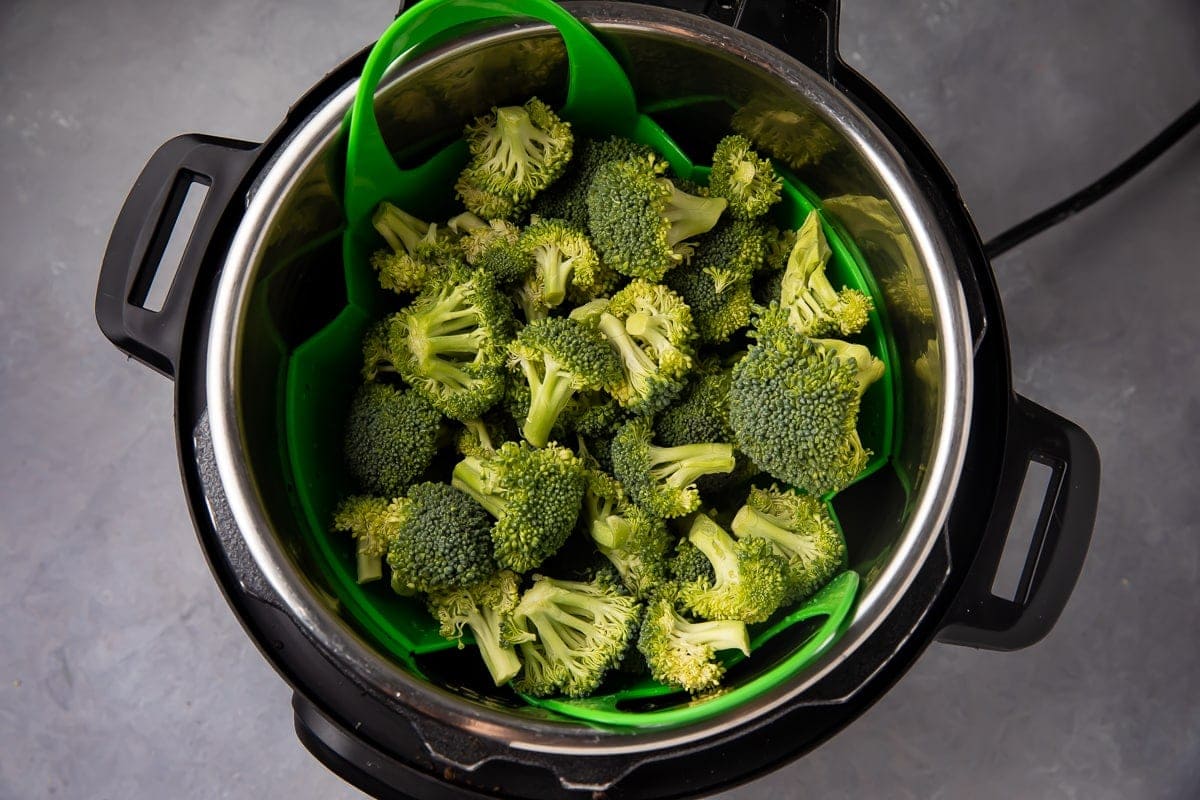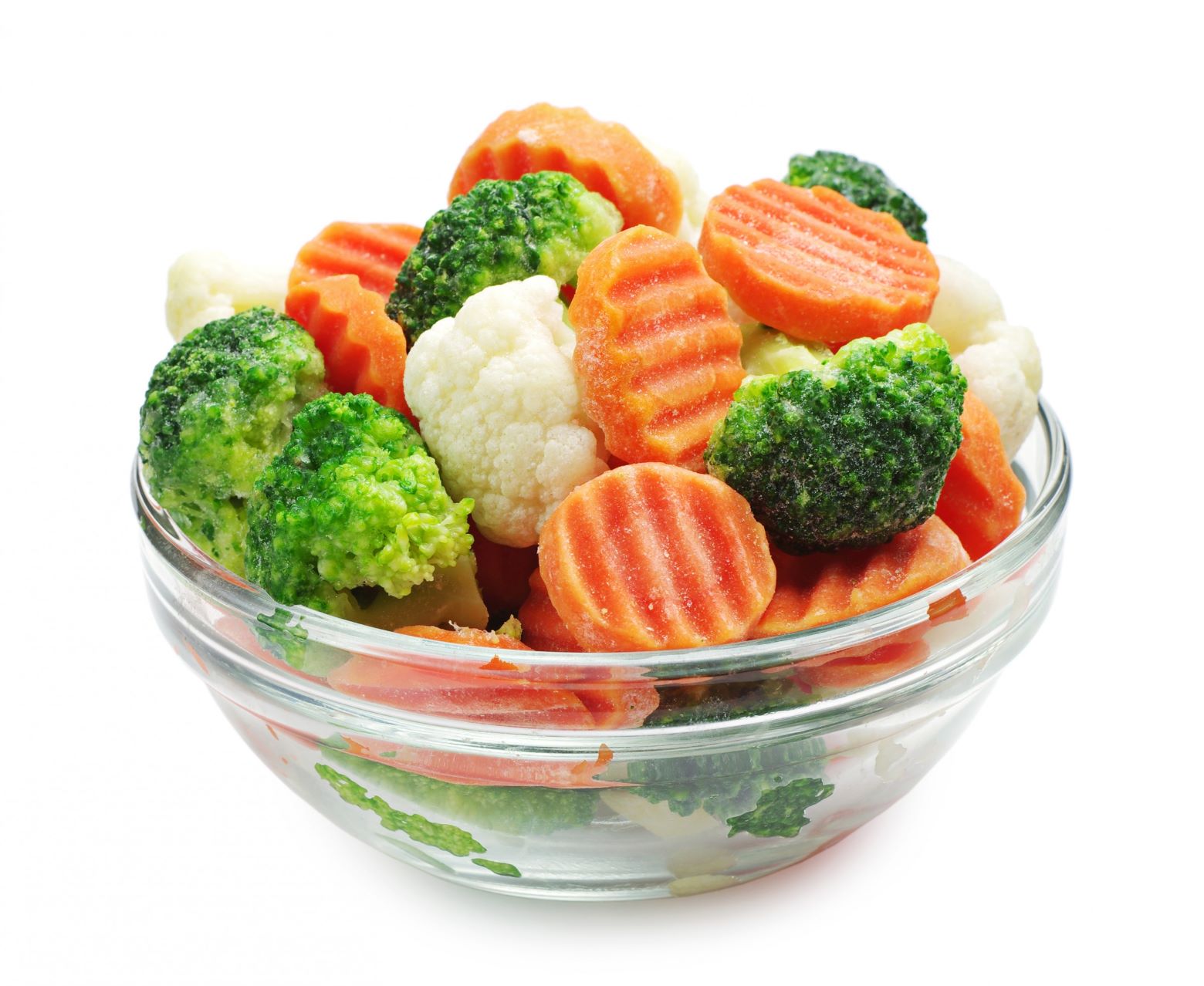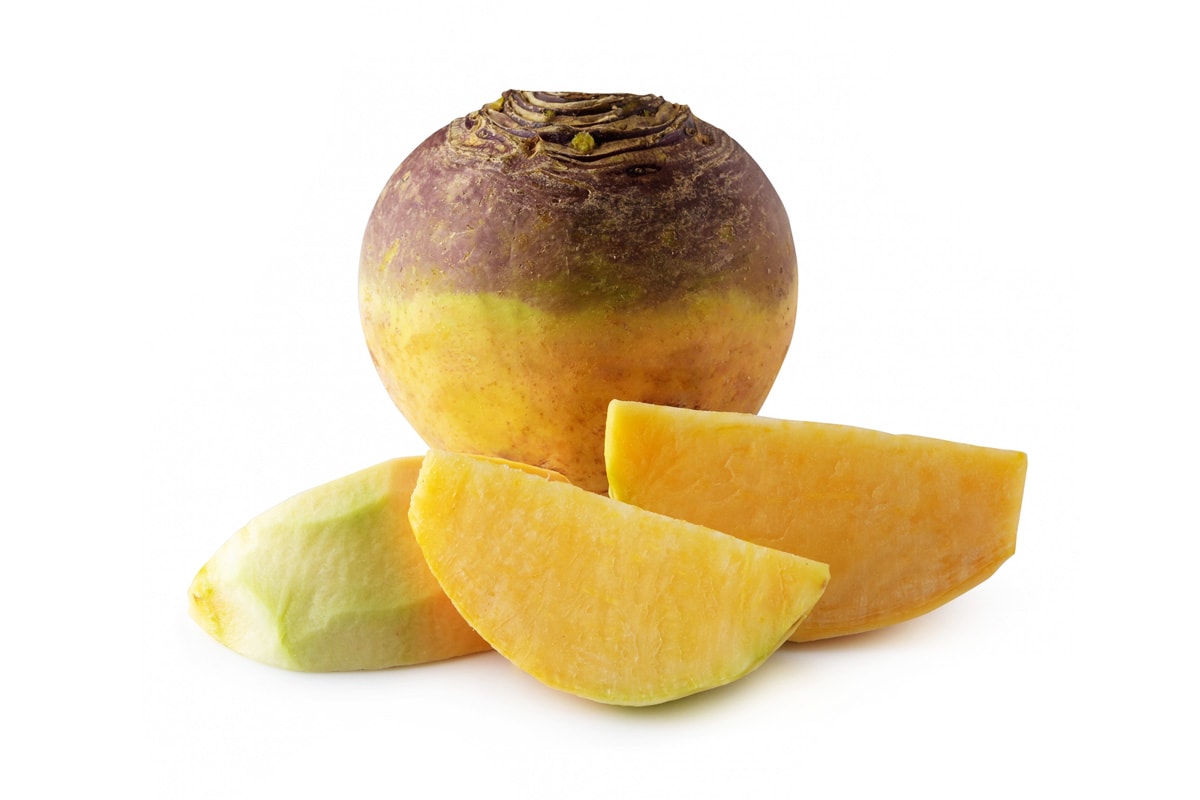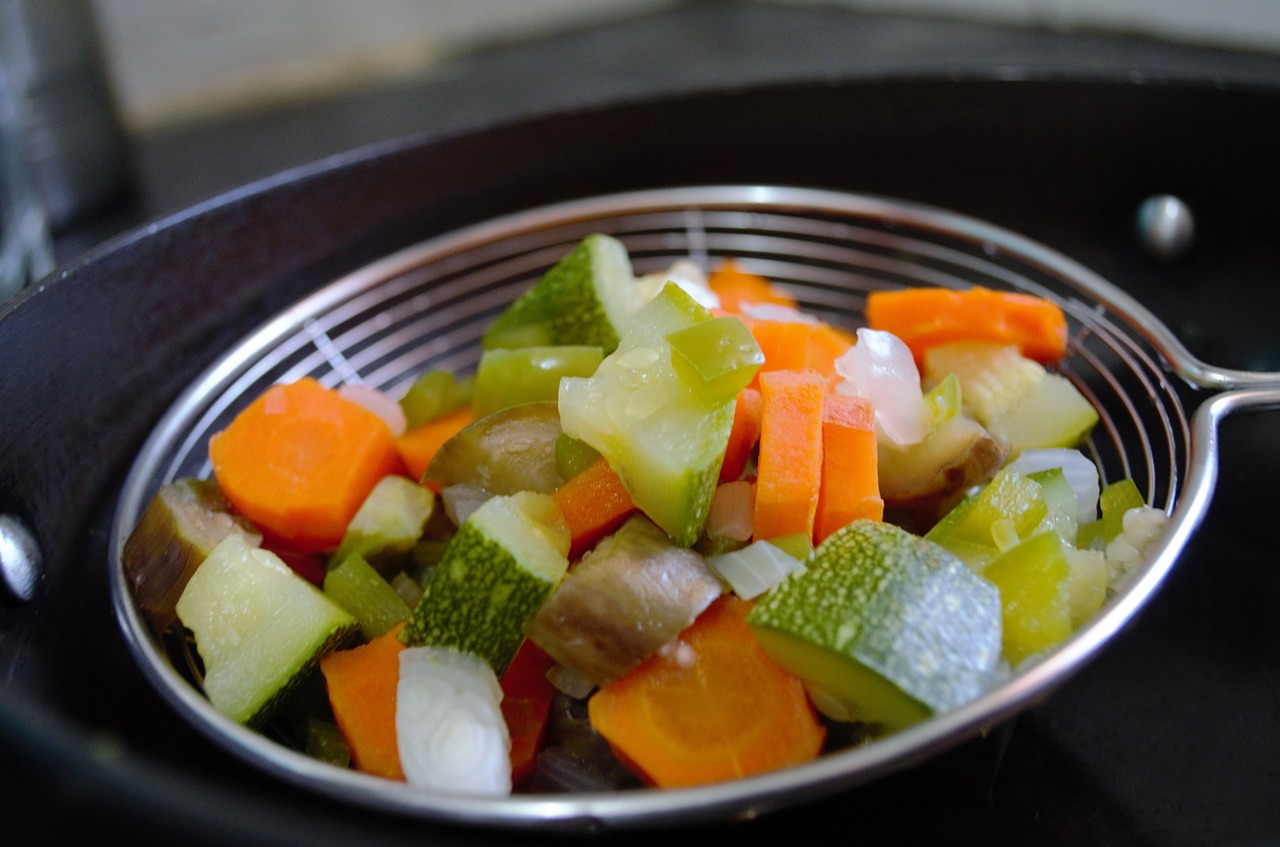Blanching Vegetables: A Quick and Easy Guide
Blanching is a simple yet essential cooking technique that can help you preserve the vibrant color, texture, and nutritional value of your favorite vegetables. Whether you’re preparing a crunchy green bean salad or a colorful medley of mixed vegetables, blanching is the key to achieving that perfect tender-crisp texture. In this guide, we’ll walk you through the steps to blanching vegetables like a pro.
What is Blanching?
Blanching is a cooking method that involves briefly immersing vegetables in boiling water, followed by rapidly cooling them in ice water to halt the cooking process. This technique helps to soften the vegetables slightly, making them tender yet still firm, while also preserving their natural color, flavor, and nutrients.
Why Blanch Vegetables?
Blanching serves several important purposes when it comes to cooking vegetables:
- Preservation of Color: Blanching helps vegetables retain their vibrant color, making them visually appealing.
- Texture: It helps to maintain the crisp texture of vegetables, ensuring they are not overcooked.
- Removal of Impurities: Blanching can help remove any dirt, bacteria, or enzymes present on the surface of the vegetables.
- Preparation for Freezing: It is often the first step in preparing vegetables for freezing, as it helps to preserve their quality during storage.
Steps to Blanching Vegetables
Now that we understand the importance of blanching, let’s dive into the step-by-step process of blanching vegetables:
- Prepare the Vegetables: Start by washing the vegetables thoroughly to remove any dirt or debris. Trim and cut them into uniform pieces to ensure even blanching.
- Boil the Water: Fill a large pot with water and bring it to a rapid boil. The pot should be large enough to accommodate the vegetables without overcrowding.
- Blanch the Vegetables: Carefully add the prepared vegetables to the boiling water. Allow them to cook for a brief period, typically 1-3 minutes, depending on the type and size of the vegetables.
- Ice Bath: Using a slotted spoon or tongs, quickly transfer the blanched vegetables to a bowl of ice water. This will stop the cooking process and help the vegetables retain their vibrant color and crisp texture.
- Drain and Dry: Once the vegetables are cooled, remove them from the ice water and pat them dry with a clean kitchen towel or paper towels.
Best Vegetables for Blanching
While many vegetables can be blanched, some are particularly well-suited for this cooking method. Here are a few examples of vegetables that are commonly blanched:
- Broccoli
- Green Beans
- Carrots
- Asparagus
- Snap Peas
- Cauliflower
Conclusion
Blanching is a valuable technique that can help you unlock the full potential of your favorite vegetables. By following the simple steps outlined in this guide, you can ensure that your blanched vegetables are vibrant, flavorful, and perfectly cooked. Whether you’re preparing a side dish, a salad, or a stir-fry, blanching is a versatile method that every home cook should have in their culinary repertoire.
So, the next time you’re in the kitchen, consider giving blanching a try and experience the difference it can make in your vegetable dishes!
